Some Favorite Images
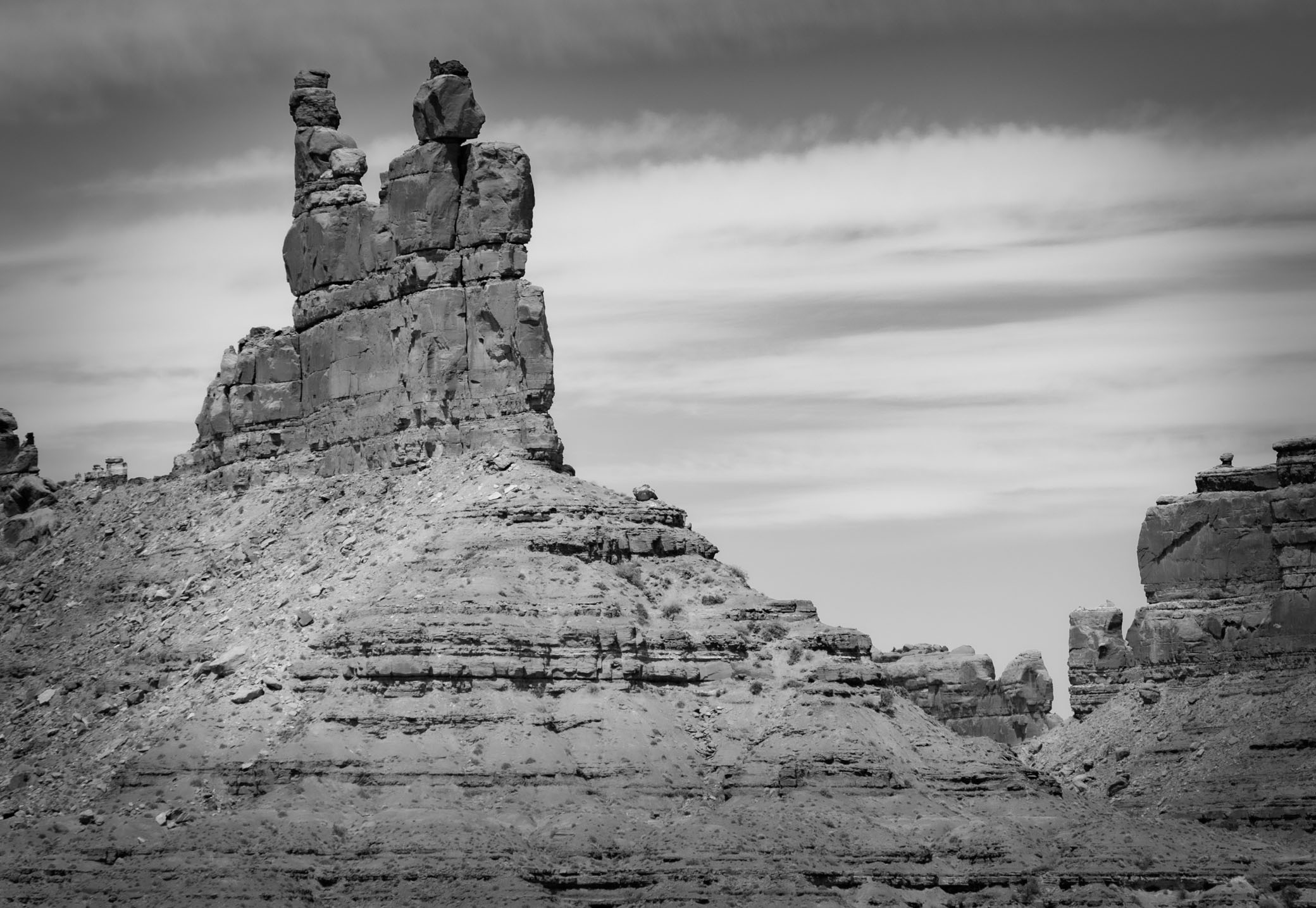
Rudolph and Santa Claus Butte
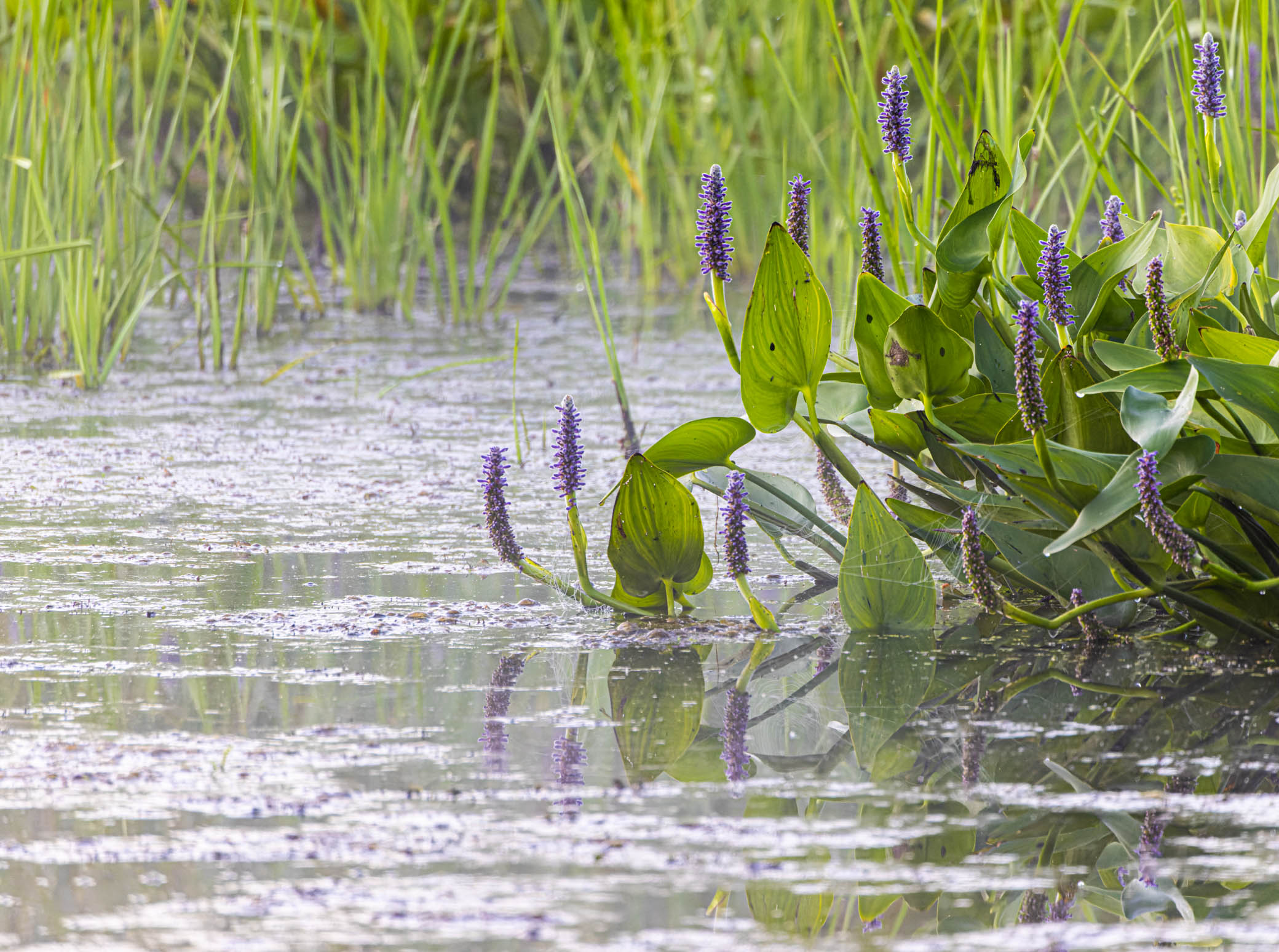
Pickerelweed
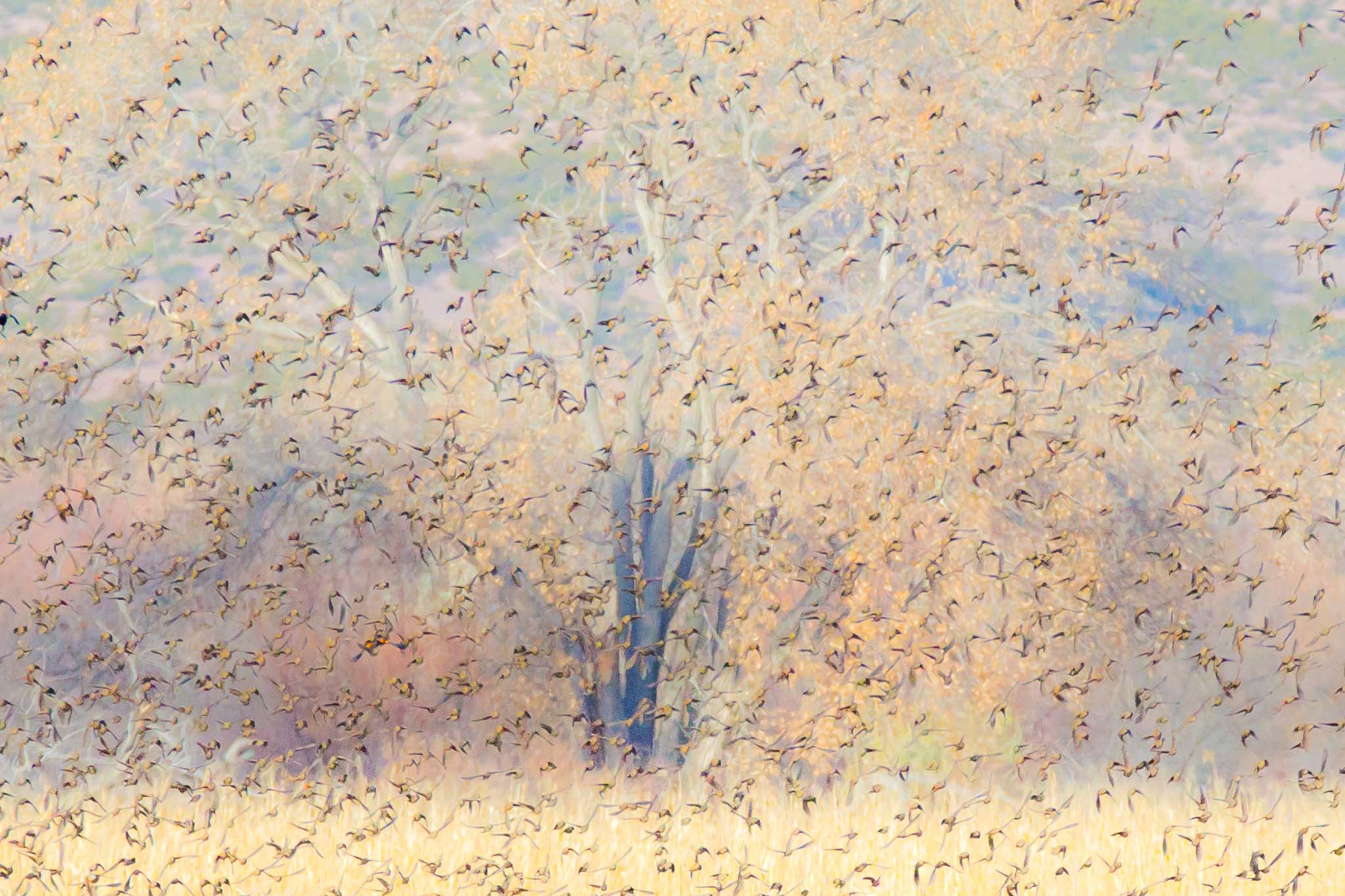
Four and Twenty
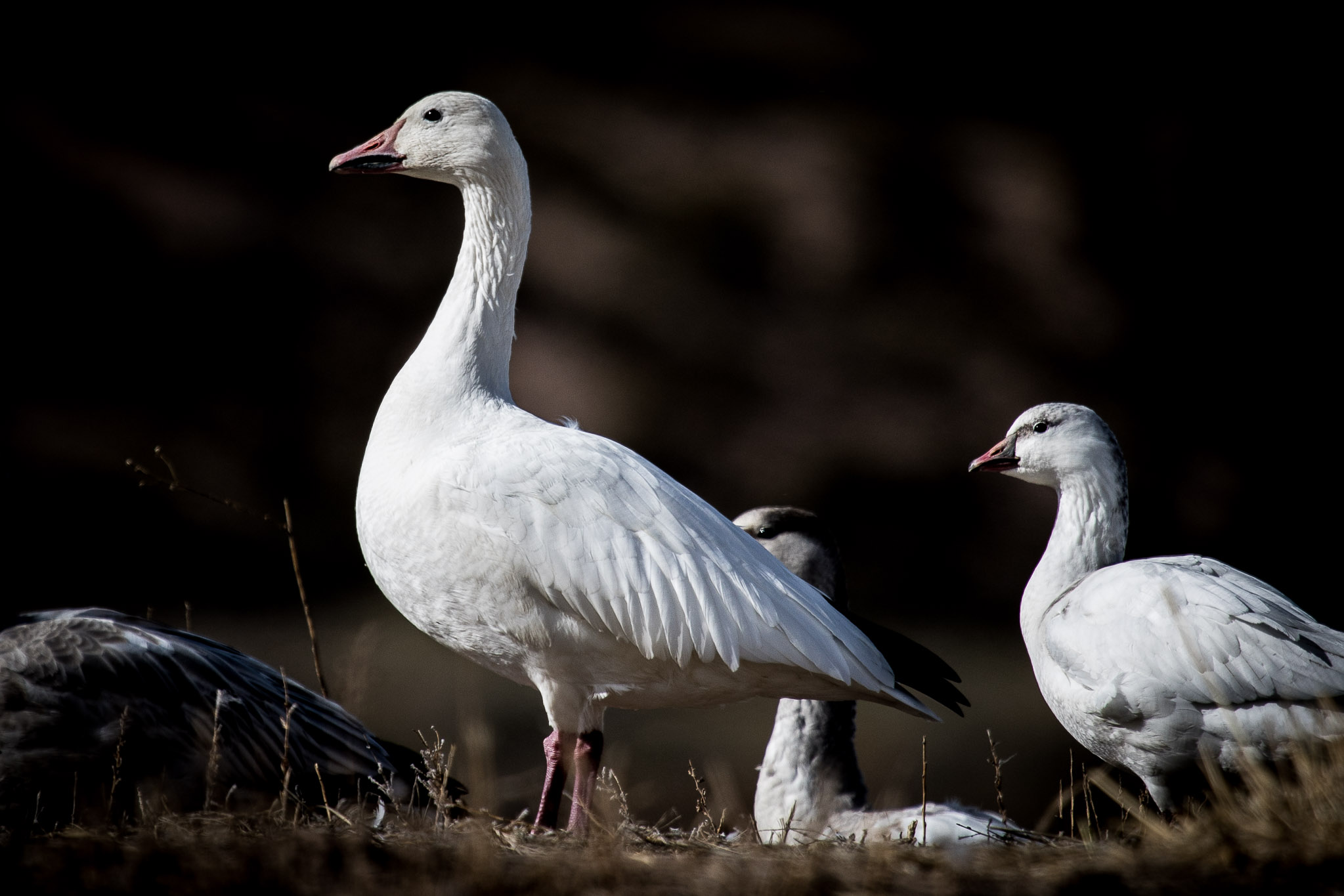
Standing Watch
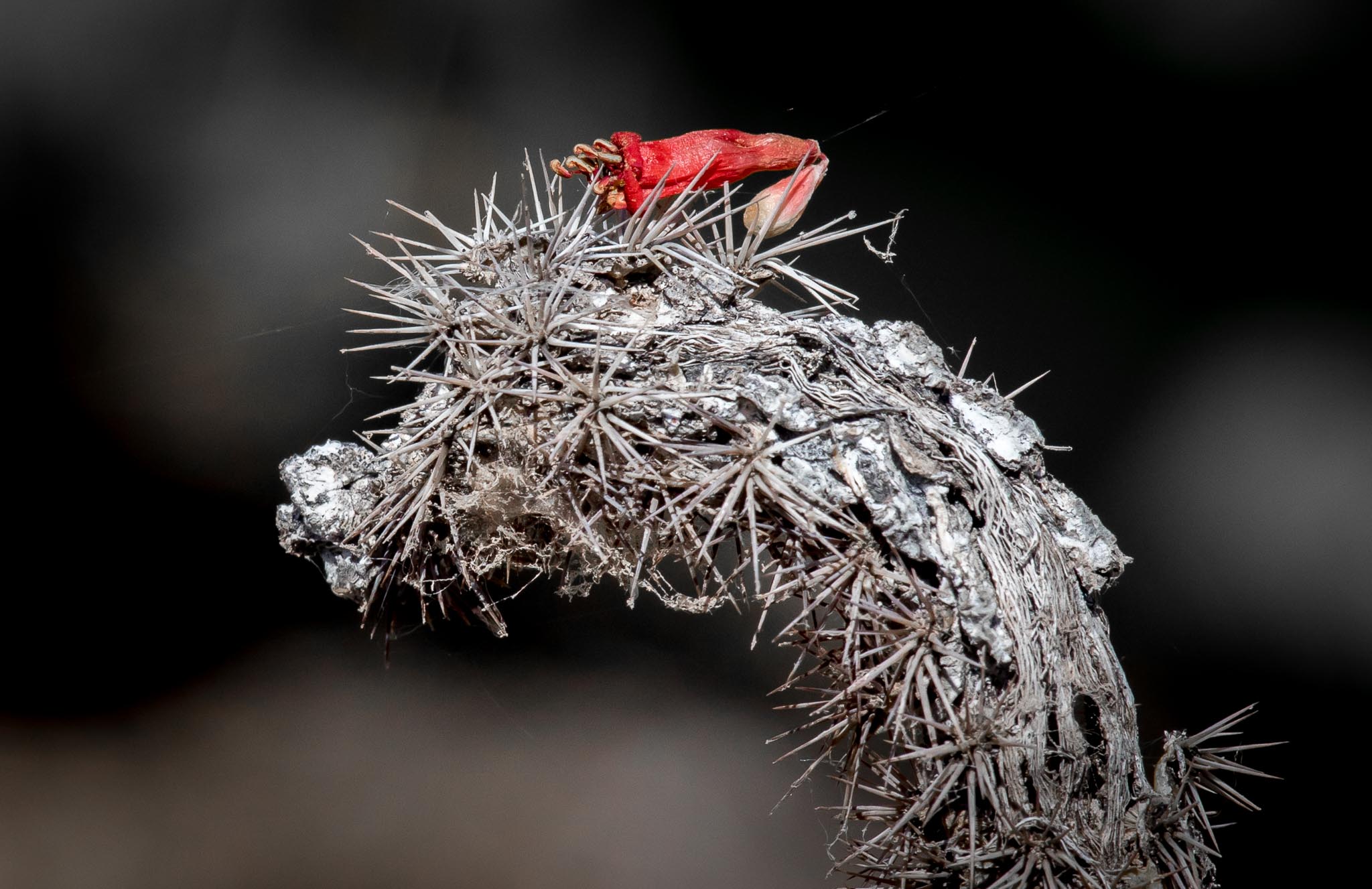
Indignity
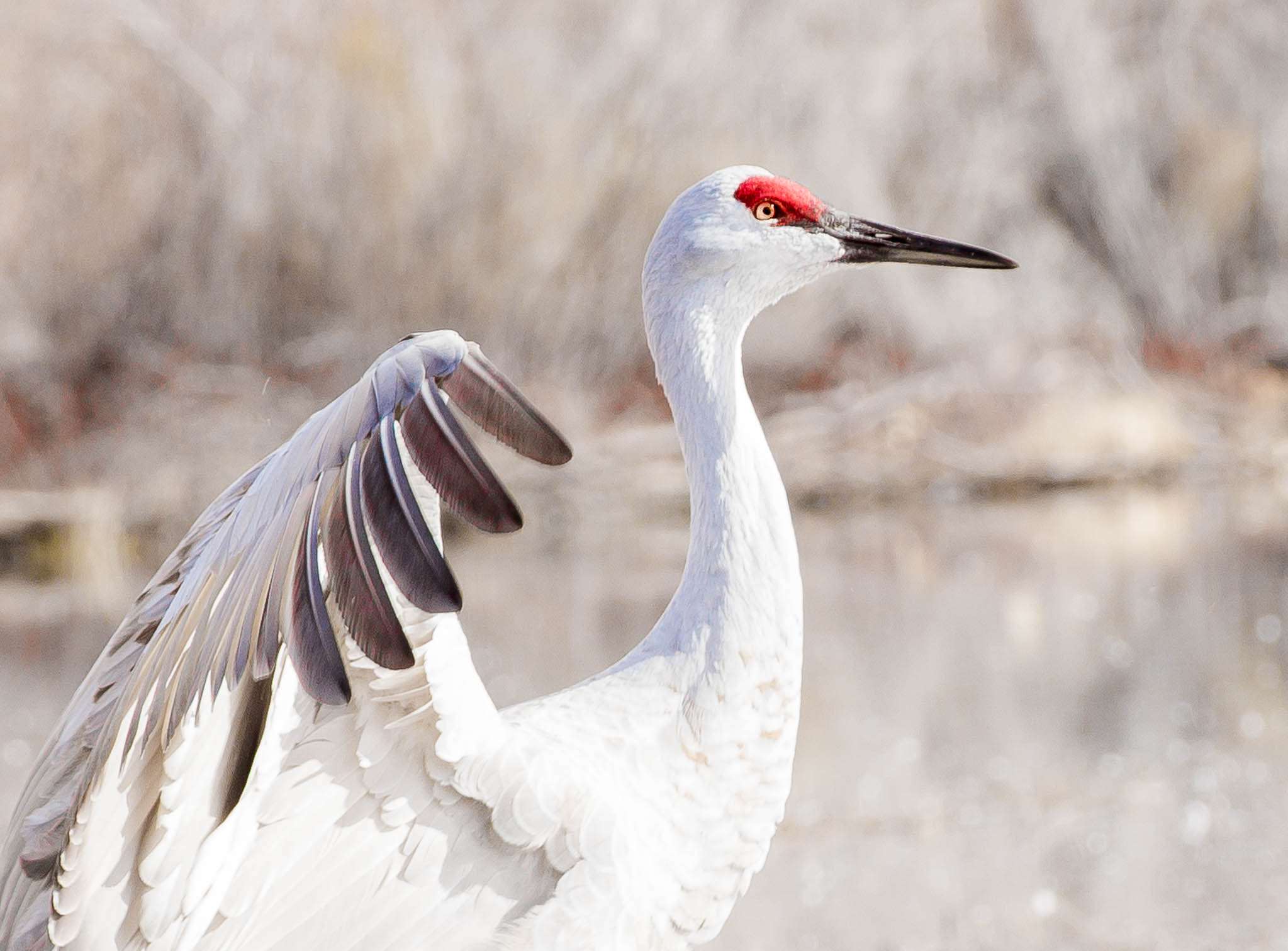
Sandhill Crane, A Portrait in Motion

Rock Wren
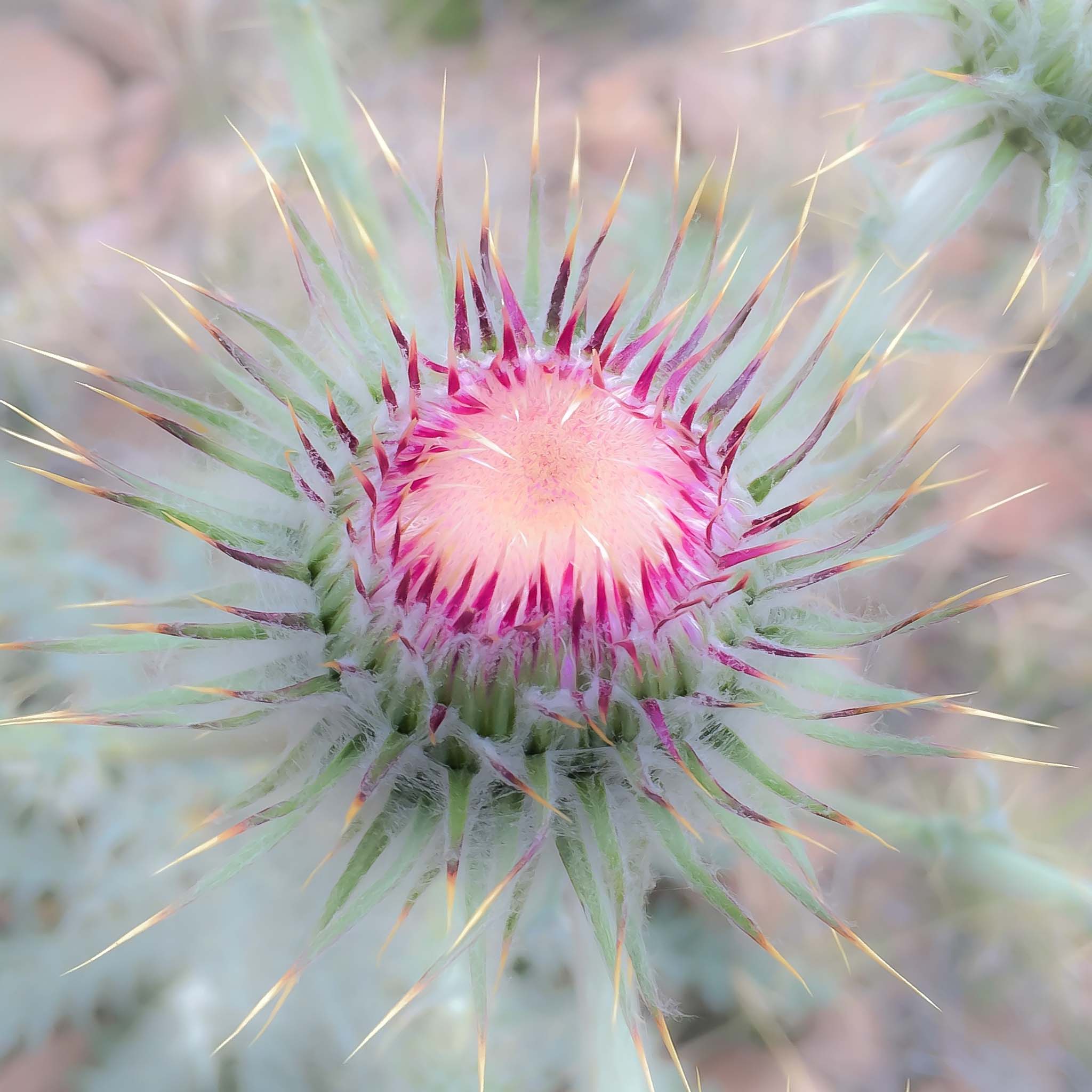
Radiance, a Thistle Bud

Camouflage Imagined
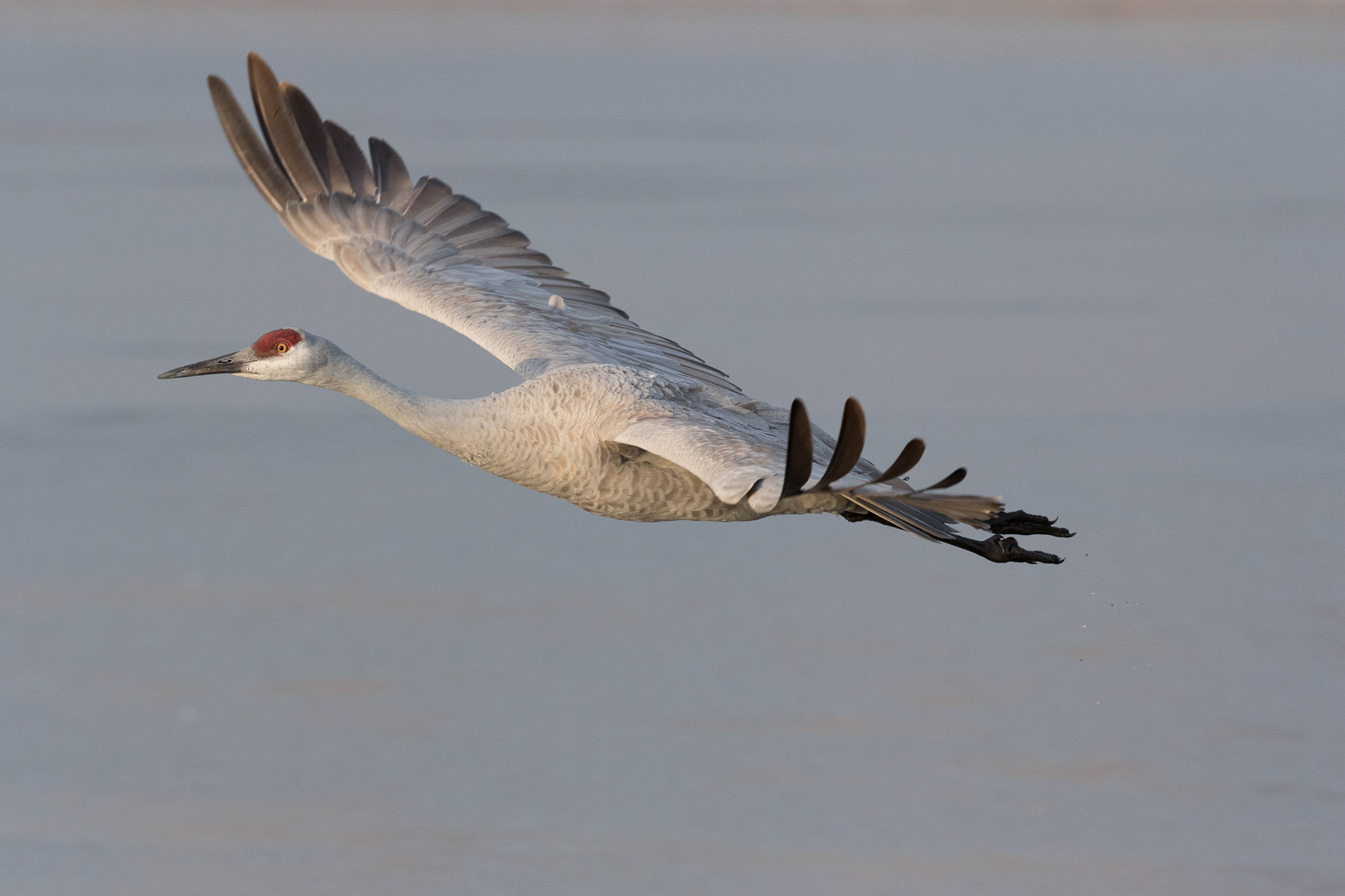
Flying Out
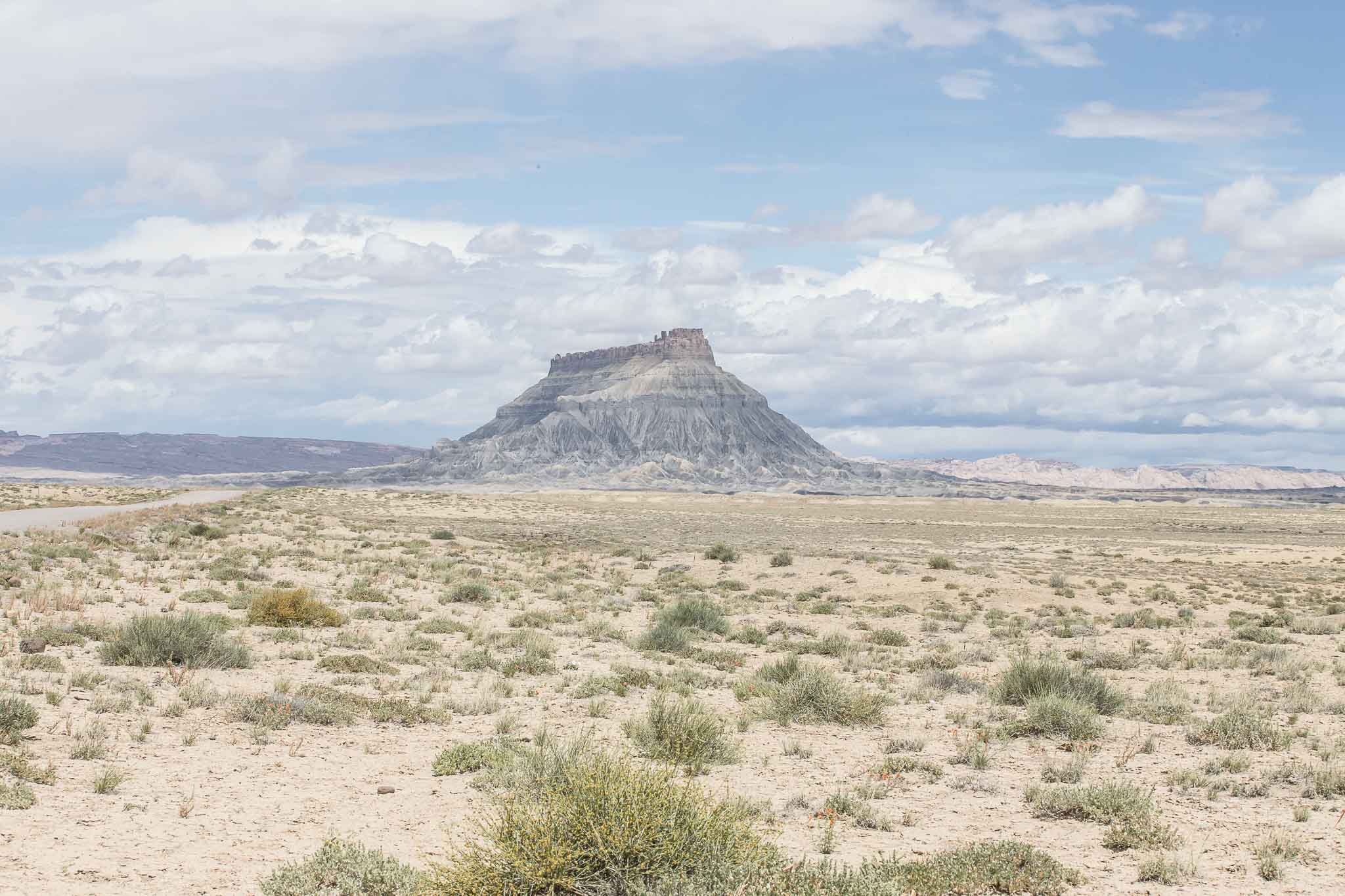
Factory Butte
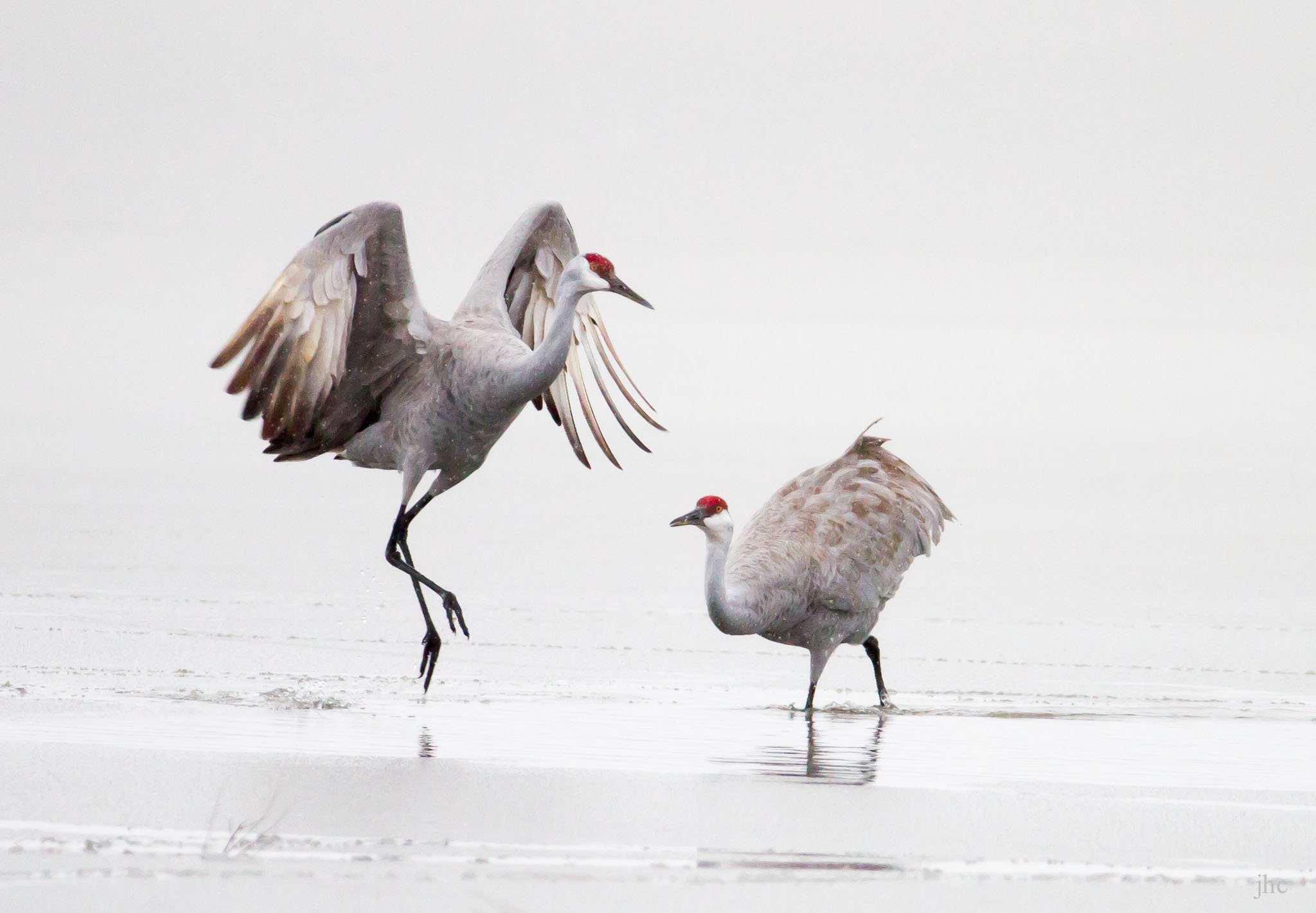
Baby, That Water's COLD!
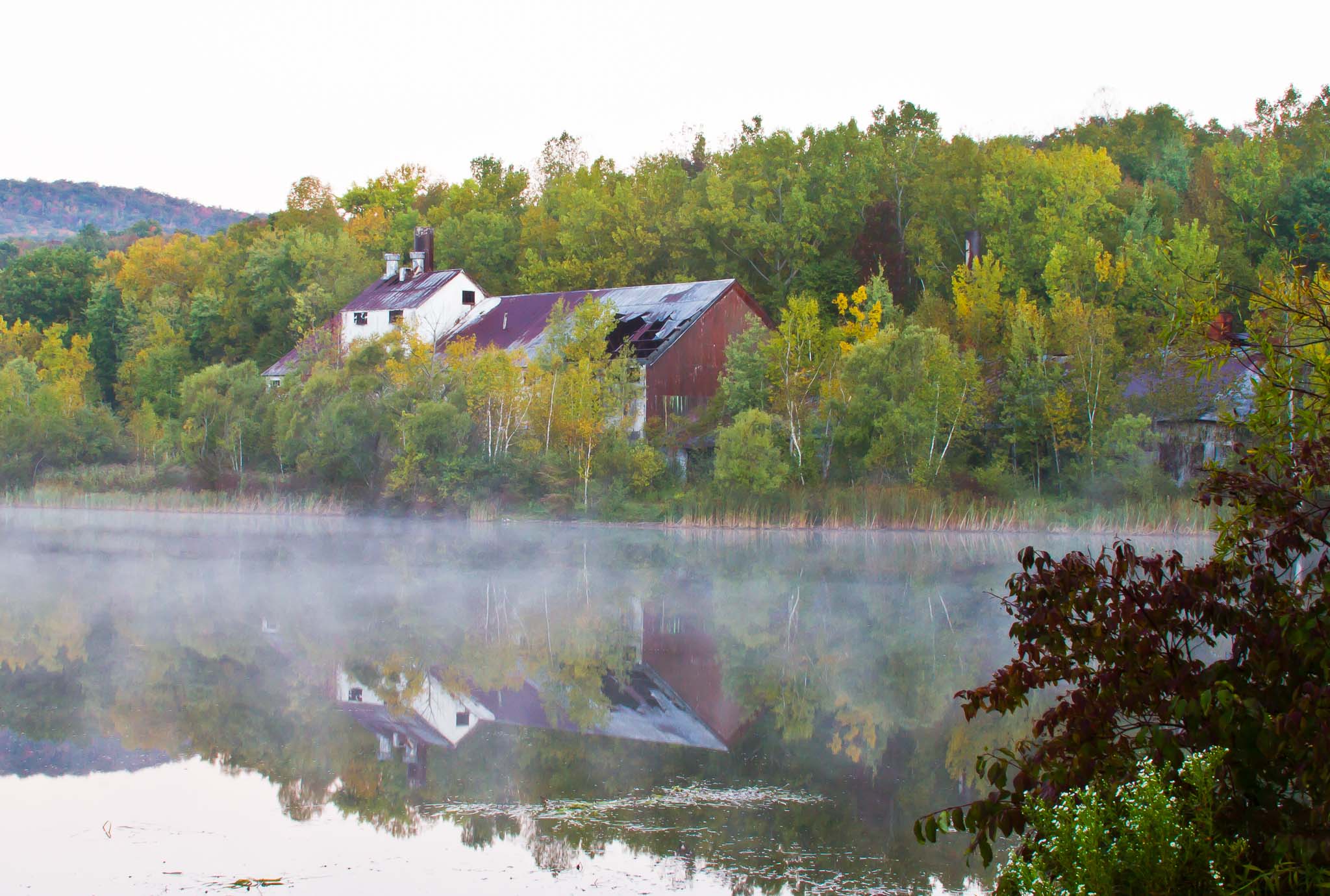
Abandoned

Frosty Morning Flight

Adolescence
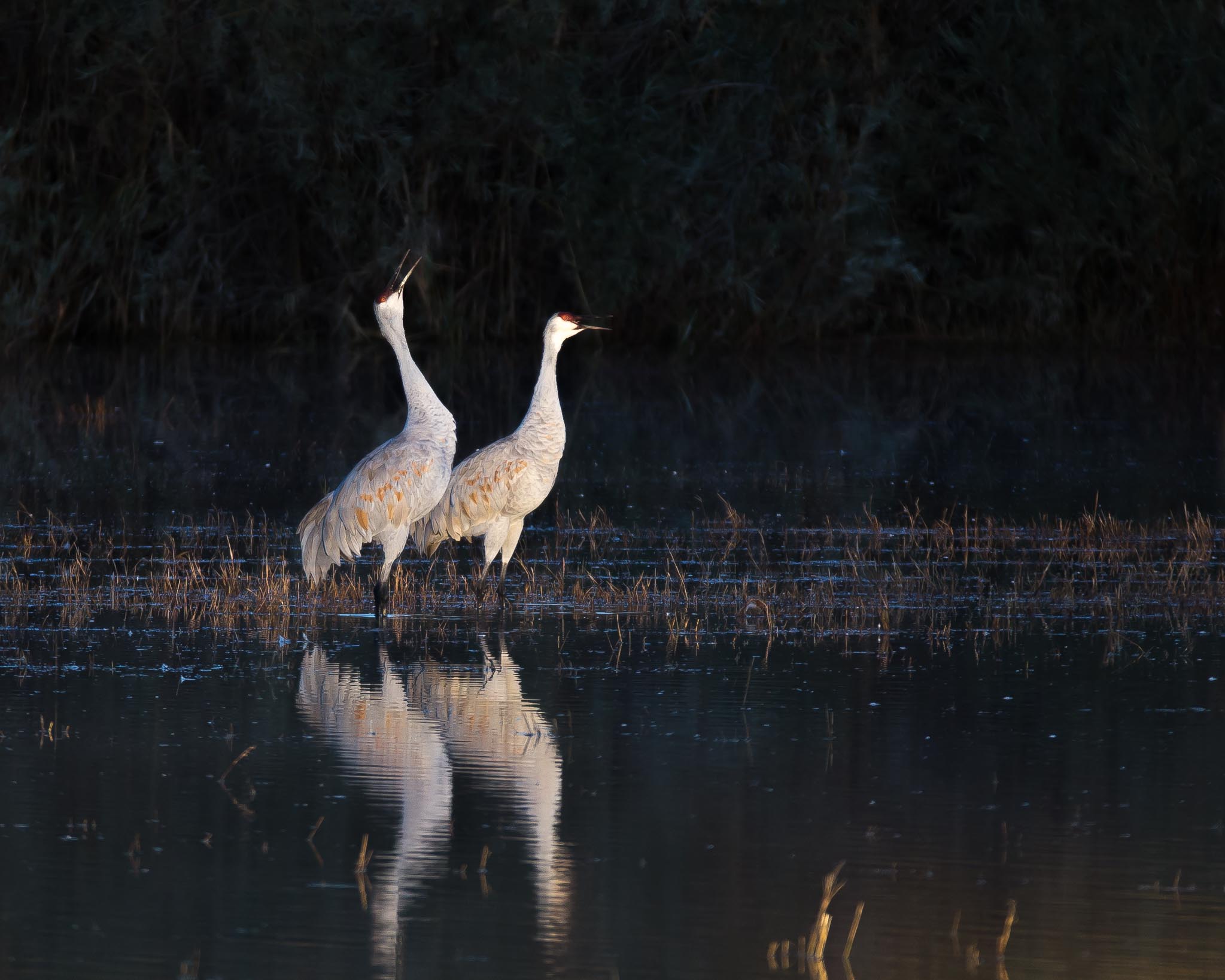
Greeting a New Day

Passing in the Night
Rudolph and Santa Claus Butte
Valley of the Gods, Mexican Hat UT
April 15, 2022
The butte to the left is called Rudolph and Santa Claus and looks very much like them from the other side. From here I see a native couple with neat hats. Pareidolia is such fun.
Valley of the Gods
You might ask yourself, “What is Valley of the Gods”? Valley of the Gods is a scenic, sandstone valley with absolutely stunning geologic formations. It is located approximately 15 miles southwest of Bluff and about 35 miles from Monument Valley (see directions below). Valley of the Gods is now part of Bears Ears National Monument.
Visitors will find many scenic locations to stop and explore this special landscape. With nearby Monument Valley taking first prize for fame, visitors will encounter fewer tourists while meandering through Valley of the Gods and can enjoy a more personal experience. Permits are not required and there are no fees to drive Valley of the Gods unlike Monument Valley.
Locals have given the rock formations in Valley of the Gods names such as Rooster Butte, Setting Hen Butte, and Balanced Rock/Lady in a Tub. As you drive through Valley of the Gods, think about names you would give to these formations.
Geology
This geological masterpiece, though a quarter of the size of its celebrated neighbor, Monument Valley, boasts a royalty of rich colors and fantastic formations, and is quite stunning. The formations are sculpted from Cedar Mesa sandstone dating to the Permian period, around 250 million years ago.
Valley of the Gods sits at the base of Cedar Mesa. Rocks were deposited by the shallow sea that covered this area about 250 million years ago. After the water receded, the iron in the rocks mixed with oxygen to form rust. This resulted in the rich red and purple colors. Eroded by water, wind, and ice over millions of years, the rock was carved into the unique buttes, monoliths (single massive stone or rock), pinnacles and other geological features as seen today.
The Valley of the Gods is truly a geological masterpiece, rightfully earning its reputation as “a photographer’s paradise.”
The valley is public land managed by the Bureau of Land Management. There are no entrance fees and no services of any kind in the valley. Dispersed camping is permitted at previously disturbed sites, though campfires are not allowed.
Bluff Utah
Pickerelweed
Ooms Pond Conservation Area, Chatham NY
July 9, 2022
Pickerelweed is the common name of several species of Pontederia.
Pickerelweed
Pontederia is a genus of tristylous aquatic plants, members of which are commonly known as pickerel weeds. Pontederia is endemic to the Americas, distributed from Canada to Argentina, where it is found in shallow water or on mud.[citation needed] The genus was named by Linnaeus in honour of the Italian botanist Giulio Pontedera.
Pontederia plants have large waxy leaves, succulent stems and a thick pad of fibrous roots. The roots give rise to rhizomes that allow rapid colonization by vegetative reproduction. Species are perennial, and produce a large spike of flowers in the summer. There is a species of bee (Dufourea novaeangliae) that exclusively visits Pontederia cordata;[citation needed] waterfowl also eat the fruit of the plant.
Pontederia cordata and Pontederia crassipes (formerly known as Eichhornia crassipes), have become invasive in many tropical and temperate parts of the globe, but are, on the other hand, efficient biological filters of polluted water in constructed wetlands.
Wikipedia
Four and Twenty
Blackbirds, Bosque del Apache National Wildlife Refuge, San Antonio NM
December 13, 2016
I took a bunch of photos of this flock of blackbirds moving from place to place in the cornfields along the Farm Loop this morning. On review this pastel composition caught my eye. There are 26 species of New World blackbirds. I have no idea how many were represented in this flock.
New World Blackbirds
The New World blackbirds consist of 26 species of icterid birds that share the name blackbird but do not correspond with a formal taxon. The distributions of all species are limited to the Americas, and this group is distinct from the Eurasian common blackbird (Turdus merula).
Wikipedia
Standing Watch
Snow Goose, Bosque del Apache National Wildlife Refuge, San Antonio NM
December 6, 2016
In any flock of birds a few will be standing watch, ready to alert the flock to predators or other dangers, while the rest go about their daily business.
Indignity
Cholla Skeleton with Ocotillo Blossom, Pancho Villa State Park, Columbus NM
April 21, 2017
What do you see? I see a mythical figure with wild hair. Check out my Pareidolia Collection for some more examples.
Sandhill Crane, A Portrait in Motion
Bosque del Apache National Wildlife Refuge, San Antonio NM
December 26, 2012
This crane was walking slowly over the rough frozen mud and ice at the edge of the pond and flexing its wings for balance at each ginger step much as I will flex my wings when walking barefoot over stony ground. I took a quick burst of shots and caught this as the crane was transferring its weight from one foot to the next. A bit of luck and some serious cropping got me to this neat portrait.
Sandhill Crane
The sandhill crane (Grus canadensis) is a species of large crane of North America and extreme northeastern Siberia. The common name of this bird refers to habitat like that at the Platte River, on the edge of Nebraska's Sandhills on the American Plains. This is the most important stopover area for the nominotypical subspecies, the lesser sandhill crane (Grus canadensis canadensis), with up to 450,000 of these birds migrating through annually.
Adults are gray overall; during breeding, their plumage is usually much worn and stained, particularly in the migratory populations, and looks nearly ochre. The average weight of the larger males is 4.57 kg (10.1 lb), while the average weight of females is 4.02 kg (8.9 lb), with a range of 2.7 to 6.7 kg (6.0 to 14.8 lb) across the subspecies. Sandhill cranes have red foreheads, white cheeks and long dark pointed bills. In flight, their long dark legs trail behind, and their long necks keep straight. Immature birds have reddish brown upperparts and gray underparts. The sexes look alike. Sizes vary among the different subspecies; the average height of these birds is around 80 to 122 cm (2 ft 7 in to 4 ft 0 in). Their wing chords are typically 41.8–60 cm (16.5–23.6 in), tails are 10–26.4 cm (3.9–10.4 in), the exposed culmens are 6.9–16 cm (2.7–6.3 in) long and the tarsi measure 15.5–26.6 cm (6.1–10.5 in).
These cranes frequently give a loud trumpeting call that suggests a French-style "r" rolled in the throat, and they can be heard from a long distance. Mated pairs of cranes engage in "unison calling." The cranes stand close together, calling in a synchronized and complex duet. The female makes two calls for every one from the male.
Sandhill cranes' large wingspans, typically 1.65 to 2.29 m (5 ft 5 in to 7 ft 6 in), make them very skilled soaring birds, similar in style to hawks and eagles. Using thermals to obtain lift, they can stay aloft for many hours, requiring only occasional flapping of their wings and consequently expending little energy. Migratory flocks contain hundreds of birds, and can create clear outlines of the normally invisible rising columns of air (thermals) they ride.
Sandhill cranes fly south for the winter. In their wintering areas, they form flocks of over 10,000. One place this happens is at Bosque del Apache National Wildlife Refuge, 100 mi (160 km) south of Albuquerque, New Mexico. There is an annual Sandhill Crane Festival in November.
Wikipedia
Rock Wren
City of Rocks State Park, Faywood NM
March 28, 2018
Cute little guy. Perched on a rock, awaiting its turn to drop down to the puddle under the hydrant for a drink.
Rock Wren
The rock wren (Salpinctes obsoletus) is a small songbird of the wren family native to South America and western North America. It is the only species in the genus Salpinctes. Adults are about 12 cm long. They have grey-brown upperparts with small black and white spots and pale grey underparts with a light brown rump. Additional distinctive features include a light grey line over the eye, a long slightly decurved thin bill, a long barred tail and dark legs. They actively hunt on the ground, around and under objects, probing with their bill as their extraction tool. They mainly eat insects and spiders. Its song is a trill that becomes more varied during the nesting season. These birds are permanent residents in the south of their range, but northern populations migrate to warmer areas from the central United States and southwest Canada southwards. They are occasional vagrants in the eastern United States. During the breeding season, they move to dry, rocky locations, including canyons, from southwestern Canada south to Costa Rica to build cup nests in a crevice or cavity, usually among rocks.
Wikipedia
Radiance, a Thistle Bud
City of Rocks State Park, Faywood NM
April 12, 2015
This morning I took a walk up the trail toward the top of Table Mountain, the mesa overlooking City of Rocks State Park from the northeast. This huge, five foot tall thistle is growing right beside the trail.
I can't believe I haven't walked up there before. Until this spring I didn't realize the trail was even there and open to the public. The trail goes all the way to the top of the mesa and this morning I stumbled on the trailhead and took this hike on a whim. I wasn't prepared to go all the way to the top and didn't. I think it's about 2 miles to the top. Maybe I'll do it tomorrow. There are many more wildflowers along the trail I'd like to photograph. Plus it would be great to get to the top.
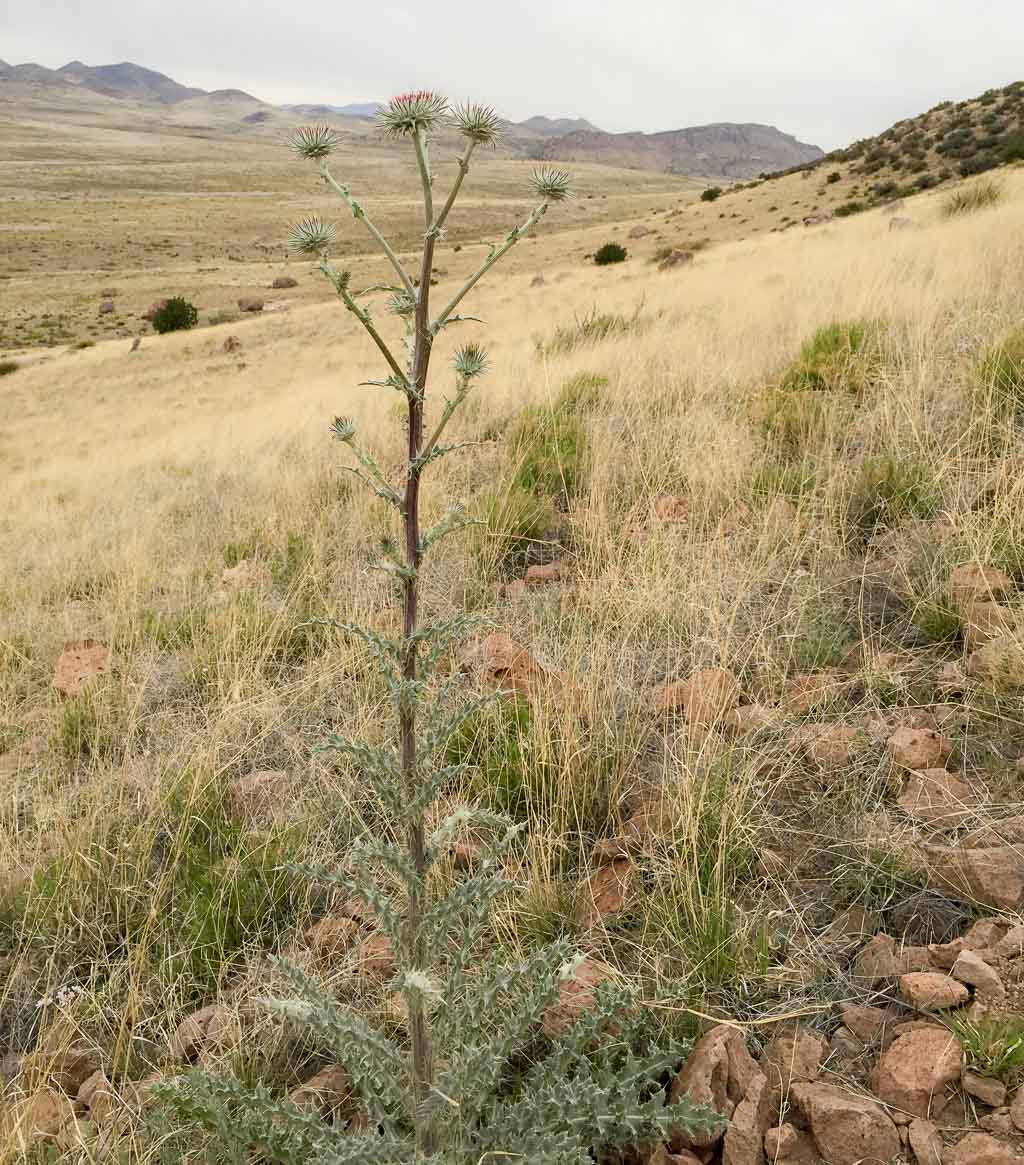
New Mexico Thistle, Cirsium Neomexicanum
Cirsium neomexicanum is a species of thistle known by the common names New Mexico thistle, powderpuff thistle, lavender thistle, foss thistle and desert thistle.
This plant is native to the southwestern United States, particularly the Mojave Desert.
Cirsium neomexicanum is a tall plant, routinely exceeding 2 metres (6.6 ft) in height. It erects a stem which may have webby fibers and long, stiff spines. The sparse leaves are greenish-gray, hairy, and very spiny.
Atop the mainly naked stems are inflorescences of one or more large flower heads with rounded bases and phyllaries covered in long, curving spines. The largest heads may be up to 5 centimeters in diameter. They are packed with white or lavender disc florets.
The fruit is a flat brown achene with a long pappus which may reach 2 centimeters long. Unlike many other thistles, this species tends not to be a troublesome noxious weed.
Wikipedia
Camouflage Imagined
City of Rocks State Park, Faywood NM
February 17, 2017
What if I imagined a fish whose coloring and conformation evolved over the millenia to resemble it’s rocky underwater world? Does that ever happen? Would such camouflage work?
Mimetoliths
Rocks may come to mimic recognizable forms through the random processes of formation, weathering, and erosion. Most often, the size scale of the rock is larger than the object it resembles, such as a cliff profile resembling a human face. Well-meaning people with a new interest in fossils can pick up chert nodules, concretions or pebbles resembling bones, skulls, turtle shells, dinosaur eggs, etc., in both size and shape.
Wikipedia
Flying Out
Sandhill Crane flying over water leaving the roost, Bosque del Apache National Wildlife Refuge, San Antonio NM
December 20, 2014
Factory Butte
Caineville Badlands, Caineville UT
May 6, 2015
The badlands, including Factory Butte, in the Caineville Badlands east of Capitol Reef are generally a rather depressing dull gray but the washed out effect of the mid-day cloudy-bright sky on Factory Butte was striking this day.
Baby, That Water's COLD!
Sandhill Cranes on a Snowy Dawn, Bosque del Apache National Wildlife Refuge, San Antonio NM
November 24, 2013
There’s a story here involving this picture, some lousy weather at the Festival of the Cranes at the Bosque del Apache National Wildlife Refuge in San Antonio NM this year, the excellent EF 200-400mm f/4L USM Extender 1.4x Super Telephoto Lens the Canon rep so wisely urged me to try out, some luck on a cold icy morning at the ponds, a late entry in Canon’s event photo contest, and not least the effect of inserting something like a Canon Pixma Pro 1 printer into this fulltimer's paperless RV lifestyle.
Maybe I’ll tell it someday.
Abandoned
Farnams-Cheshire Lime Company, Cheshire Reservoir, Cheshire MA
September 20, 2010
There were several prosperous limestone quarries along this stretch of the Hoosic River between Pittsfield and Cheshire MA back in the day.
Farnams Village
The limestone mining village of Farnams is located in the foothills of Mount Greylock on the west side of Hoosac Lake, or Cheshire Reservoir. The landscape is known as an upland karst valley and contains a system of caves and limestone deposits. The village consists of twenty primary buildings laid out around the crossroads of Lanesborough, Quarry and Farnams Roads. It is an area which contains in a mountainous woodland setting a limestone quarry, originally connected to a limestone processing mill by a railway and tunnel; limestone crusher; workers' housing; office building, stockroom, carpentry shop and a small network of mining roads. Buildings and mining structures in the area date largely between 1900 and 1930.
Farnams-Cheshire Lime Company
The first quarrying to be done on this property was in the 1840s when Steven Northrup, who was principally a farmer, had a pot type kiln and began a "family quarry" for stone to build with and lime for agricultural purposes.
Steven Northrup sold the quarry and kiln in 1866 to the Farnam Brothers Alfred and Albert who were identical twins from the town who had joined the Civil War together and fought in the battle of Gettysburg. The Farnams did a good business according to a ledger account remaining from 1882-1889 averaging about $20,000/year in lime sales. The Farnams continued to add land to their holdings up to 1,400 acres, as well as constructing a building to hold the kilns which had grown in number to three. The Farnams produced "Farnams Blue Label Finishing Lime" and supplied the building trades in New York City with an extremely high quality, pure white lime for plaster. When the company went too far into debt, it was sold to Cornelius J. Curtin in 1905. Cornelius worked in New York selling the lime, while his brother Tom lived in Farnams and managed production. The business was called "The Farnam-Cheshire Lime Company", while Italians had worked under the Farnam Brothers, it was under the Curtins that laborers came mostly from a small village called Postalesio, Italy.
Workers hung from the quarry edge on ropes, drilled, and blasted the limestone with dynamite, then cut it by hand to fit into carts. Draft horses pulling the carts then followed the roads around the south side of the mountain down to the mill where the stone was processed before being sent off in barrels on the railroad whose tracks ran between the mill and the Lake. At first the Curtins built a tramway to transport the rock to the mill, but when even that was insufficient, they drilled a tunnel a half a mile long through the mountain and installed a narrow gauge railroad. The tunnel was completed in 1915/16. Hopper cars pulled by a steam engine transported the stone to the mill and the business prospered. The Curtins fired 21 upright kilns with wood. Subsequent owners used coal, coke and finally gas. A limestone crusher between the quarry and mill was erected in 1930; stone went by conveyor from crusher to sorting house, then by railroad to the mill. Air hammers used by 1941 to drill the stone, then insert dynamite. In 1950s they were mining from the surface so discontinued use of the train and tunnel and used gigantic dump trucks to transport stone to the crusher.
The mill itself was added to over a period of years between 1906 and 1929. With no heirs to run the business it was put on the market and sold in 1929. Curtins were said to have built housing for about twenty families. In addition to the workers' housing, the company owned a farm which was leased to the Rozon family who provided dairy products to the village. Their tenancy continued through company ownership by US Gypsum.
Extracted from: Farnams Village Historic District application to the National Register of Historic Places.
Frosty Morning Flight
Sandhill Crane, Bosque del Apache National Wildlife Refuge, San Antonio NM
December 20, 2014
Try as I might, it seems the odds of my getting a shot of these birds good enough to post straight out of camera runs way over one-in-a-thousand. A sharp shot with good exposure and good composition of these birds in flight is tough to catch. I rarely get one I feel is good enough to post without some cropping, sharpening, and other enhancements. This is my favorite of the 873 I shot this morning.
The conditions this morning were exceptionally good. It was cold enough to freeze the pond overnight. The birds were flying out a little later than usual putting the sun a little higher above the horizon than usual when they fly out. A slight overcast to the sky softened the light just a tad too. Plus the birds were flying exceptionally low over the ice this morning (one even flew out so low over my head I ducked!), possibly because of stiff muscles and reduced lift or extra drag from the frost on their feathers. Or maybe they just felt like it.
It's such fun when things come together like this.
This morning I was shooting with my EF 200-400 f/4L IS USM EXT 1.4X lens on my new Canon 7D Mark II body. I just got this lens back from a repair at Canon CPS. Back in late October I managed to tip my tripod over onto concrete damaging the focussing assembly and group 4 lens assembly. That was not a good day but all is well now with my favorite birding lens! I've missed it.
This shot was taken at 290mm, 1/1250 sec, f/7.1
Adolescence
Young White-tailed Buck, Salt Plains National Wildlife Refuge, Jet OK
October 4, 2014
I met this young buck and its companions out on the trail where we spent a few minutes checking each other out.
Greeting a New Day
Sandhill Cranes, Bosque del Apache National Wildlife Refuge, San Antonio NM
October 30, 2017
The rising sun and I caught this pair of sandhill cranes greeting a new day.
Young Sandhill Cranes begin participating in the family unison call at about two years of age. Females raise their head to about 45 degrees and return to the horizontal between calls while males usually raise the head to a more nearly vertical position.
Passing in the Night
BNSF Freight Train, Bosque del Apache National Wildlife Refuge, San Antonio NM
November 5, 2016
Waiting in the early light of dawn for the birds to wake up and the action to start at the Bosque ponds, I heard the whistle of a freight at the crossing up in San Antonio and got an idea.
These freights aren't terribly fast. I had plenty of time to set up a camera to try to catch a slow shutter shot of the headlight of the passing freight. I never tried this before and guessed at the camera settings.
That didn't work too well but along came a car which illuminated the sides of the freight cars. Bingo!
We like it.
For those who care about such things, I was using a Canon EOS 7D Mark II body in Av mode at f/11, ISO 800, with an EF70-200mm f/2.8L IS USM lens at 70mm. Exposure was 2.5 seconds.
